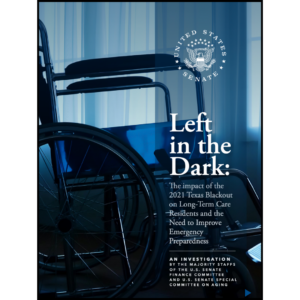National Radon Action Week
Oct. 20 to 26 is designated as National Radon Action Week. Caused by decayed radium and uranium in the soil, radon can find access to a building through openings, cracks in the foundation and even directly through concrete. An odorless, colorless gas, radon is the leading cause of lung cancer in non-smokers.
The Environmental Protection Agency (EPA) offers information for the public to learn about the health risks of radon and the importance of testing homes, offices and buildings to measure and, if necessary, reduce dangerous radon levels. The EPA advises that levels of 4 pCi/1 (picocuries per liter) and above can be harmful and should be addressed.
To learn more about radon, check out the EPA’s frequently asked questions page.

Sandra Hoban was on I Advance Senior Care / Long-Term Living’s editorial staff for 17 years. She is one of the country’s longest-serving senior care journalists. Before joining Long-Term Living, she was a member of the promotions department at Advanstar Communications. In addition to her editorial experience, Sandi has served past roles in print and broadcast advertising as a traffic and talent coordinator.
Related Articles
Topics: Clinical , Disaster Preparedness , Risk Management











